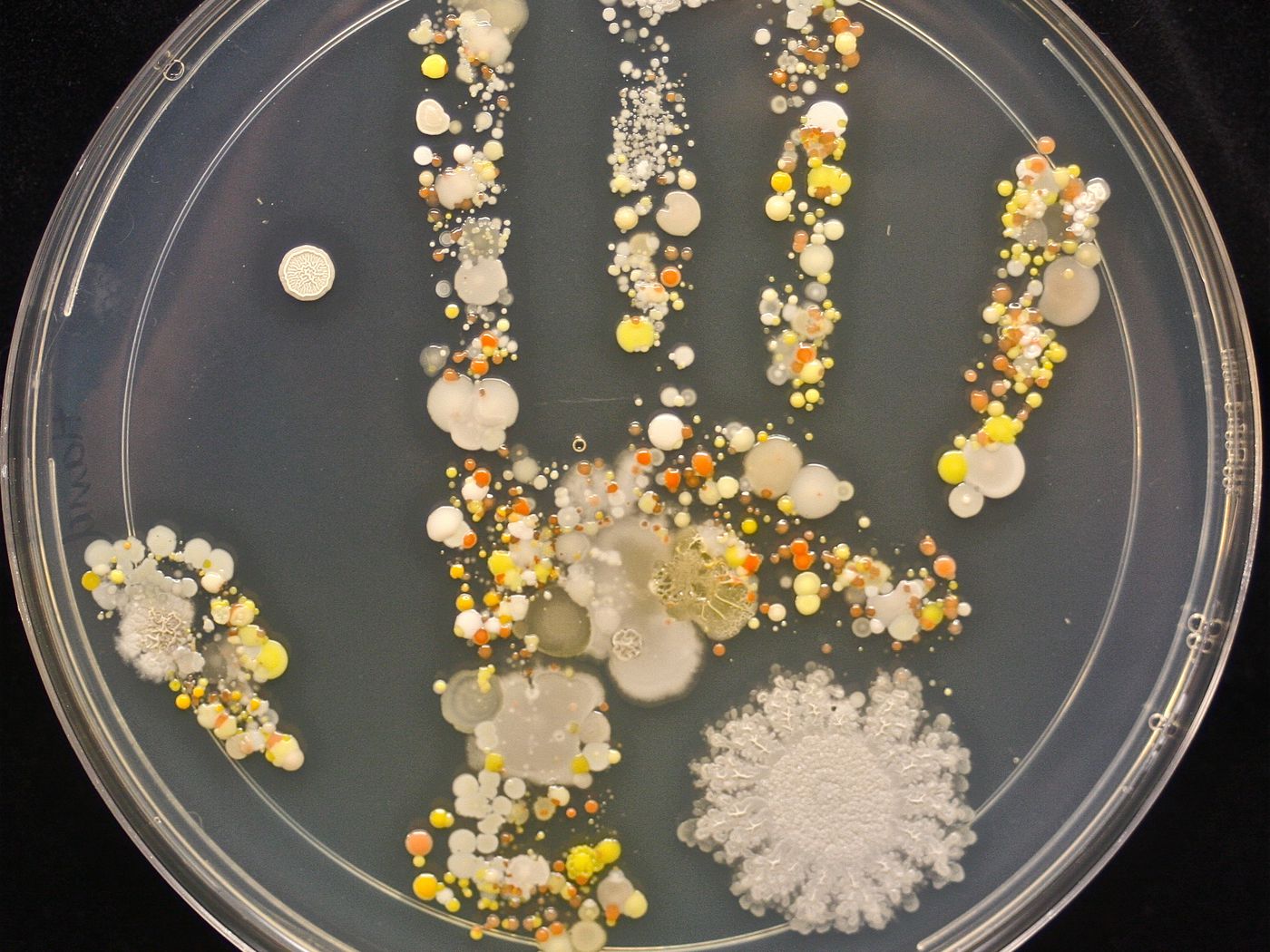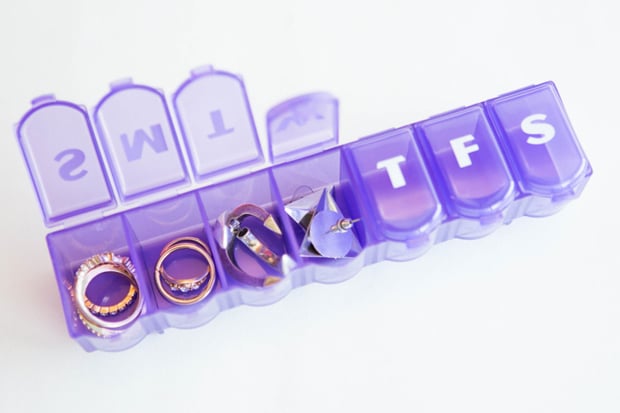In the United States and most of North America, weather presenters express rain totals in a different format from other countries. While most presenters use the term “chance of rain,” it actually has different meanings in North America and Europe.
“Chance of rain” is an expression used by meteorologists to forecast the likelihood of rainfall in a certain area as a percentage. Unfortunately, this expression has slipped through the cracks over the years, particularly with respect to how viewers of weather forecast news interpret the data.
When you hear the words “chance of rain”, what naturally comes to mind is that it means the chance that it will rain. But that’s not always correct. It all boils down to the broadcast location of the weather forecast. For example, the statement “30 percent chance of rain” means different things in the United States or Canada, compared to the UK.
Many people are ignorant of this variation in the method of presenting meteorological data. The issue was recently brought to the fore by a trending TikTok video, posted by a woman who had only just realized the difference.
In the video, which has so far had a couple of million views, the woman said she always assumed (like several people do) that 30 percent chance of rain means there is a 30 percent likelihood that there will be rainfall. The TikToker then proceeded to say, she now understands the expression to mean there would be a 100 percent likelihood that rain will fall in at least 30 percent of the forecasted area.
While this woman was correct in spotting a difference in the meaning of the words, she is not entirely correct in her final interpretation. Here’s why.
The figures expressed by North American weather forecasters are obtained from meteorological calculations called ‘Probability of Precipitation’ or PoP, and are usually expressed as a percentage. The percentage of the PoP is calculated by multiplying two values, ‘C’ and ‘A’, where C is an estimate of the confidence that rain will fall and A stands for the projected land area to experience the rainfall. Those two values are also expressed in percentages.
So, when a North American weather forecaster comes on TV and says that there would be 0.3 PoP in a certain area, they have already multiplied the C and A, which is the actual goal of a PoP—to make the data as compact as possible.
However, that’s exactly where the confusion arises, because you can get a PoP of 0.3 from more than one computation. For example, 1.0 confidence times 0.3 of the land area and 0.5 confidence times 0.6 of the land area will give the same PoP of 0.3.
To make things less confusing, the UK’s Met Office has a straightforward method of expressing their PoP during forecasts. So, if a Brighton weather forecast reads “30 percent chance of rain,” it simply means Brighton has a 30 percent or 0.3 likelihood of experiencing rainfall at a given period.
However, weather forecast in North America isn’t as straightforward. So, when next you’re on a trip abroad, pay attention to the difference in meanings across locations so you don’t end up getting soaked.











































